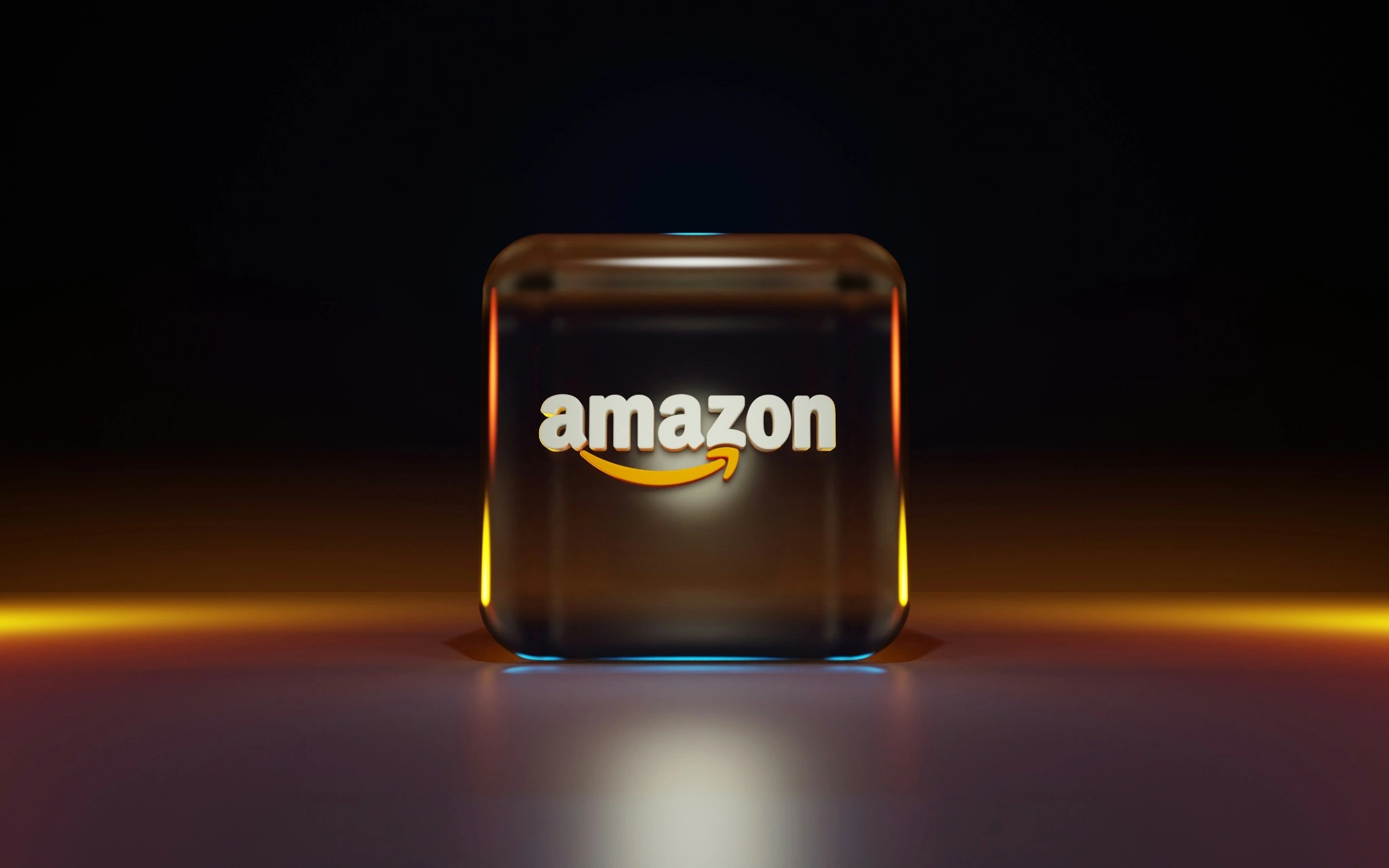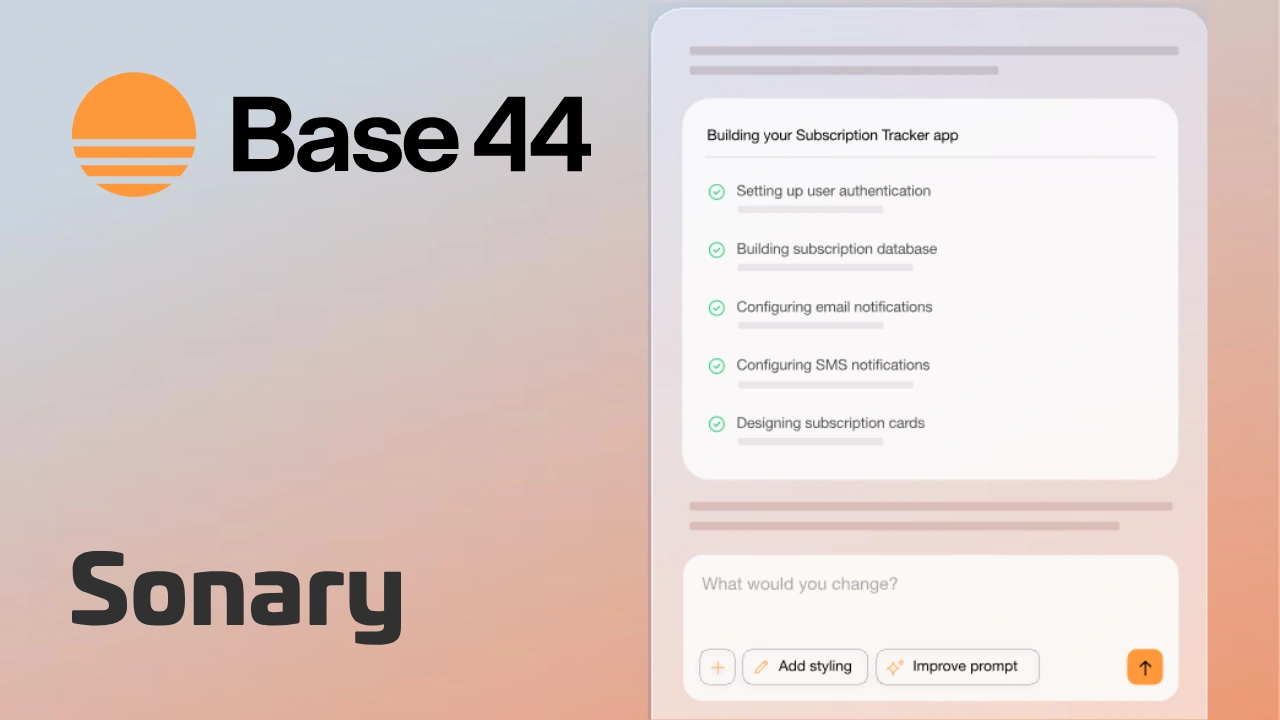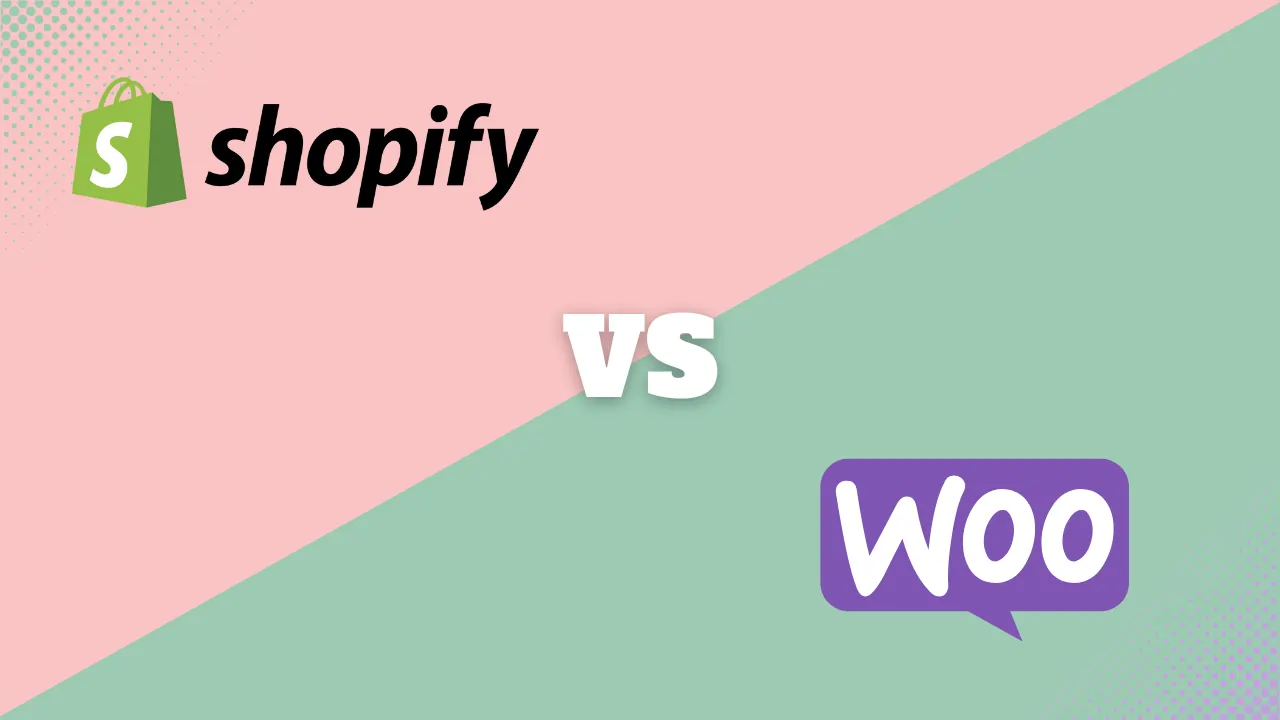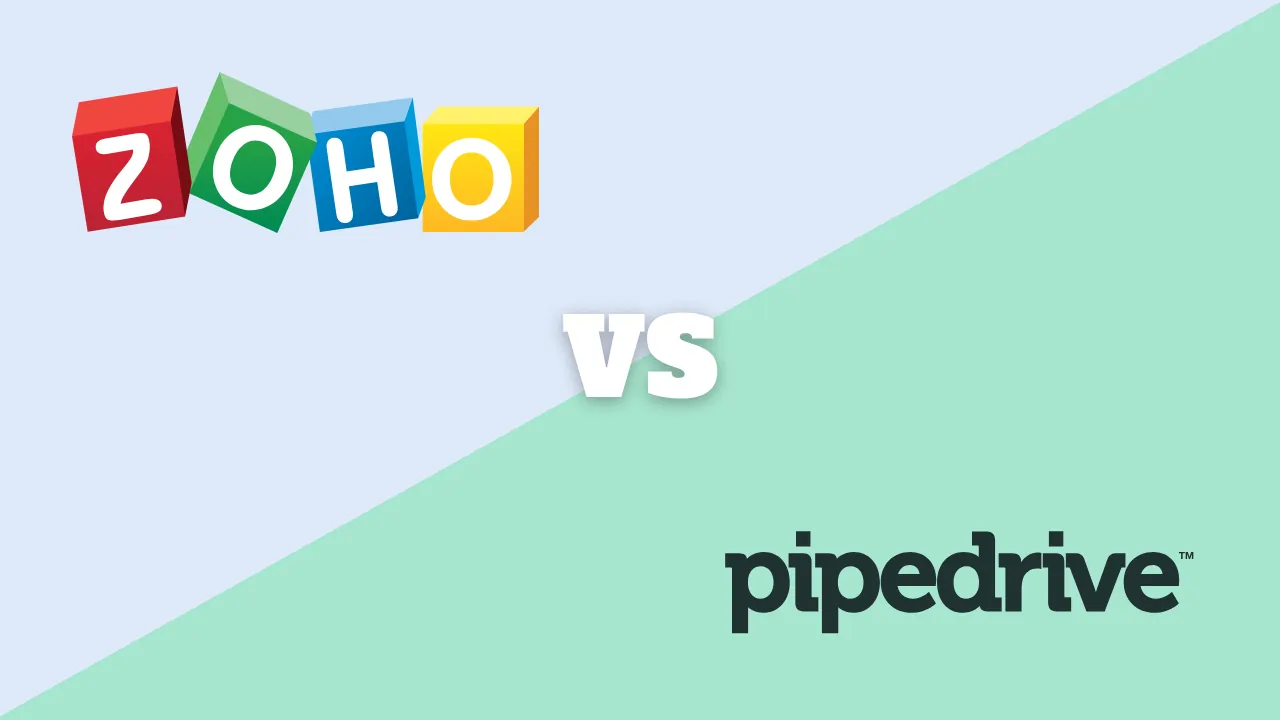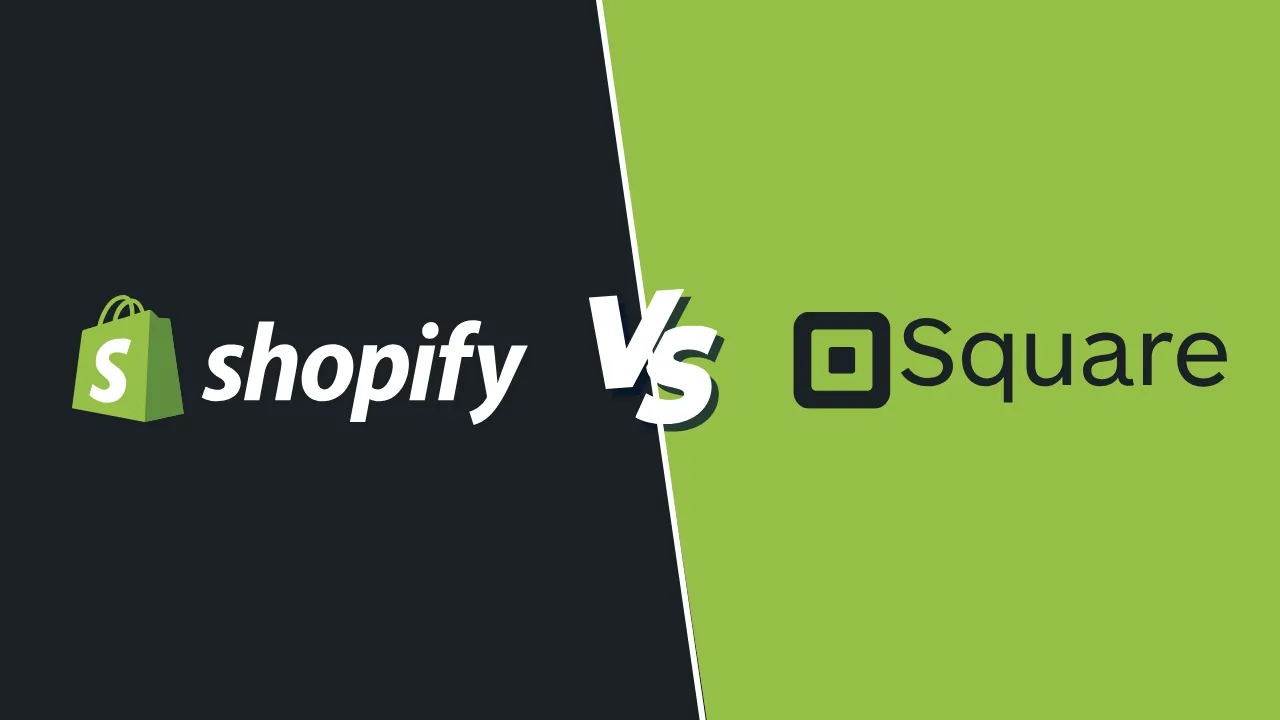Lovable’s business model is reshaping SaaS; here’s what SMBs can learn from it
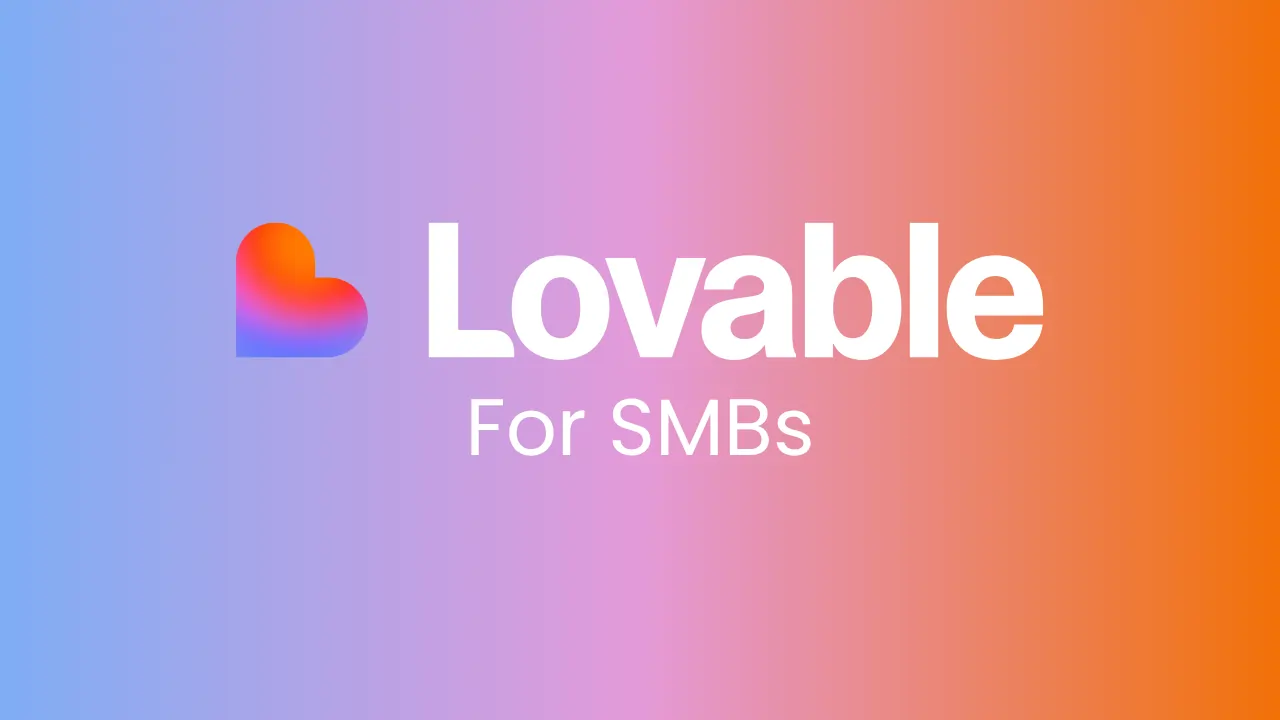
In 2021, a tiny team set out with one radical idea: building software should feel fun. No million-dollar funding rounds. No sprawling dev teams. Just a few builders on a mission to make app creation as easy as drawing it on a napkin.
Fast forward to today, Lovable is quietly redefining what “no-code” really means. Its AI-powered app builder lets teams design and deploy custom software in hours — not months. While most SaaS companies chase enterprise contracts and layer on complexity, Lovable did the opposite: it stayed lean, focused, and obsessed with user delight.
For small business owners, Lovable isn’t just another tech success story — it’s proof that simplicity scales. And more than that, it’s a blueprint for how modern businesses can grow smarter, faster, and with purpose.
TL;DR
- What Lovable is: An AI app builder that lets SMBs create, customize, and launch business applications without deep coding skills.
- Why it matters: Lovable proves you don’t need significantbig funding or oversized teams to win in SaaS.
- How it makes money: Subscription tiers, add-ons, and partner integrations.
- What SMBs can learn: Start lean, build recurring revenue, empower customers as marketers, and diversify before risks catch up.
A small team with a big impact
Lovable didn’t begin with a flashy launch or a big-name investor pitch deck. It started with a handful of engineers and product designers frustrated by how clunky and overwhelming business software had become — especially for small teams.
Their vision was straightforward but ambitious: build an AI-powered app builder that could turn ideas into functional software quickly and powerfully, while being enjoyable to use. Instead of piling on features, they focused on clean design, intuitive workflows, and pricing that scaled with customers rather than shutting them out.\
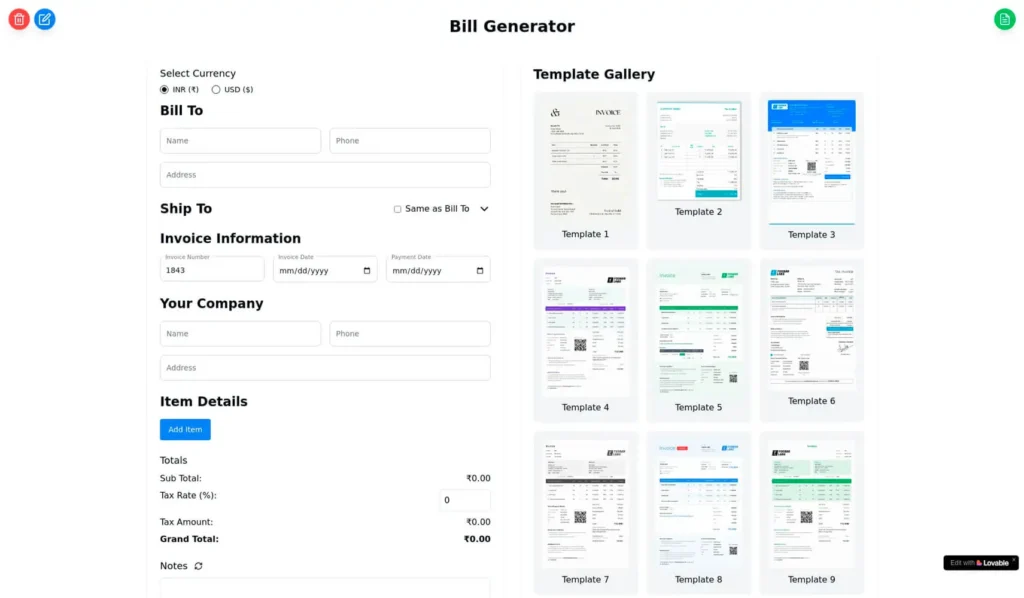
The early days were funded the old-fashioned way — through a modest seed loan, sweat equity, and the discipline to reinvest every dollar of early revenue back into the product. Without outside investors pushing for hypergrowth, the team stayed focused on solving real problems instead of chasing vanity metrics.
By keeping operations lean, Lovable showed that software success doesn’t have to start in Silicon Valley with millions in venture capital. It can start with a small team, a focused mission, and the courage to bet on simplicity in a market that often overcomplicates things.
👉 SMB lesson: You don’t need enterprise budgets to launch. A sharp focus on solving real pain points beats complexity every time.
Lovable’s business model explained
Lovable’s model revolves around recurring revenue with flexibility. Customers subscribe for access to the AI app builder, then expand usage with add-ons like advanced integrations, team features, or deployment options as their needs grow.
This mix keeps pricing accessible early and expands account value over time.
Behind the scenes, Lovable leans on automation-first operations — in onboarding, billing, and support — along with product-led growth to keep acquisition costs low and unit economics strong as the user base scales.
The company has been open about its rapid ARR trajectory and funding milestones, but it hasn’t published profit margins. What’s clear is that its business is built to compound recurring revenue, expand accounts through upsells, and boost retention with integrations.
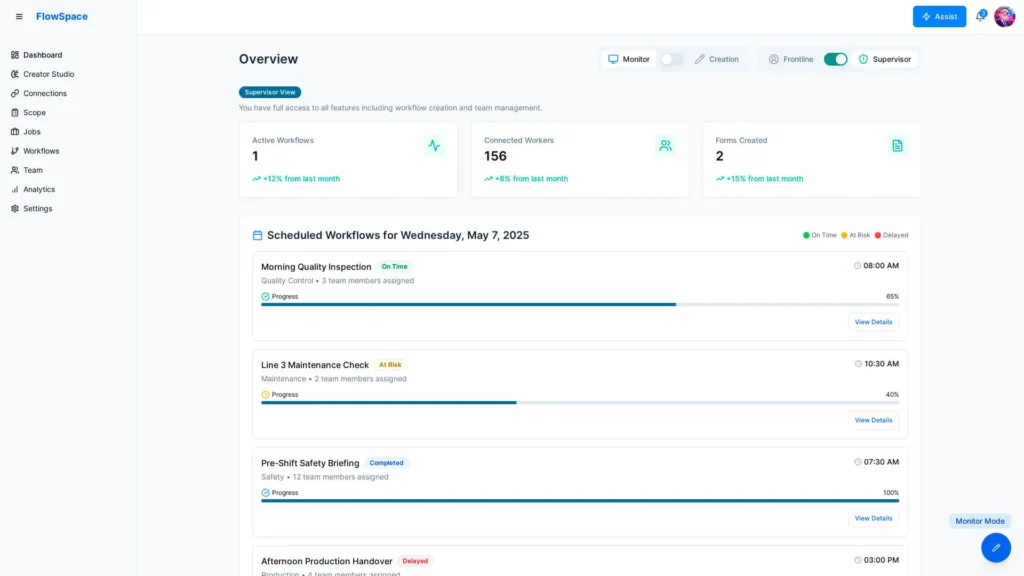
👉 SMB lesson: Pair predictable subscriptions with value-based upsells and integrations. It’s a scalable engine that grows with your customers.
The numbers behind Lovable’s growth
From the start, Lovable emphasized efficiency and scalability. Among the few metrics it has shared publicly, one standout is revenue per employee, which sits in the multimillion-dollar range — a clear sign of high leverage from a lean team. The company also crossed $100M in annual recurring revenue in under a year, showing how quickly its model resonated with the market.
While it hasn’t disclosed detailed numbers on customer lifetime value, acquisition costs, or long-term churn, reports of strong 30-day retention offer a glimpse of customer engagement. Still, these snapshots don’t provide the complete picture of sustainability.
👉 SMB lesson: Even if the exact numbers aren’t available, every business should track how long customers stay, how much they’re worth over time, and what it costs to bring them in. Those three metrics are the foundation of a resilient growth strategy.
Growth strategy: engineered for virality and retention
From the earliest days, Lovable leaned into growth mechanics that relied on community and product — not traditional advertising. A standout example is its affiliate program, which rewards users and partners for bringing in new customers.
It also built a community-driven ecosystem, where users can vote on features, share the apps they’ve built with Lovable, and engage in forums. That participation spreads awareness organically while deepening loyalty.
At the same time, Lovable’s product-first approach — intuitive onboarding, thoughtful design, and usage-based upgrades — makes adoption seamless and creates natural opportunities for customers to invite others.
👉 SMB lesson: Build growth loops into your product and community. When your customers market for you, acquisition costs drop and momentum builds faster.
How Lovable turned credibility into growth
Lovable didn’t rely on splashy ad campaigns to get noticed. Instead, it built momentum through credibility moments that money can’t buy. Customer testimonials gave the product a human face, turning abstract features into real results. Reviews on software directories acted as free advertising at the exact point when SMBs were comparing tools. And when outlets like TechCrunch and Forbes began highlighting Lovable’s record-breaking ARR growth, the company quickly became the “lean SaaS startup to watch.”
👉 SMB lesson: You don’t always need a big marketing budget. If you can turn customers into advocates, collect reviews where it matters, and hit milestones that attract press, your story will spread on its own.
Scale, don’t overstaff
Lovable’s rise is often tied to how much it gets out of a small team. When the company hit $100M ARR, it reportedly had only 45 employees, translating to roughly $2.2 million in revenue per head — a level of efficiency few SaaS companies ever report.
This level of output points to automation and lean operations. Lovable has emphasized smooth onboarding, prompt-based workflows, and integrations that reduce friction in billing and support — allowing it to serve a large customer base without ballooning headcount.
👉 SMB lesson: Revenue per employee is a powerful metric, but it’s just one signal—balance efficiency with long-term scalability in support, infrastructure, and customer experience.
Risks and challenges
No business model is bulletproof, and Lovable is no exception. Three risks stand out:
- Intense competition: The AI-native SaaS space is crowded, with new entrants launching constantly. Recent reports suggest traffic to coding-related AI tools has already dipped after initial hype waves, underscoring the risk of volatility.
- Operational scaling: As customer volume grows, so do demands on support, infrastructure, and reliability. A lean team must balance efficiency with the need to maintain high service quality.
- Platform dependency: Lovable relies heavily on external integrations and APIs. If a partner changes terms or deprecates an API, it could disrupt core workflows.
While the company hasn’t shared exactly how it’s addressing these risks, its continued investment in integrations and platform extensibility suggests a focus on diversification and scalability.
👉 SMB lesson: Don’t assume today’s wins will defend tomorrow’s threats. Use profits to invest in resilience — better systems, modular architecture, and risk management.
Lessons SMB owners can apply
The most critical part of Lovable’s story isn’t the growth milestones — it’s the blueprint it offers small businesses.
- Success doesn’t require deep pockets or a massive team. Lovable shows how a lean, disciplined approach can deliver real traction without overspending.
- Recurring revenue is a stabilizer. Subscriptions gave Lovable a predictable income, smoothing out growth and making it easier to plan. SMBs can replicate this by building service packages, memberships, or retainers into their models.
- Customers can be your best marketers. Lovable’s referral program and community engagement created organic growth loops that lowered acquisition costs. For SMBs, investing in customer experience can pay off far more than paid ads.
- Profitability is a mindset. By focusing on margins, efficiency, and smart reinvestment, Lovable built resilience and freed itself to diversify before risks caught up.
These lessons show a path any SMB can follow: start lean, build recurring revenue, empower your customers, and keep profitability at the center.
Bottom line
Lovable’s rise proves that a SaaS company can scale without relying on massive funding, bloated teams, or heavy ad spend. By centering on usability, recurring revenue, and efficiency, it created a profitable and durable model.
For SMBs, the takeaway is simple: you don’t need to play like the giants to succeed. Stay lean, keep customers at the center, and let efficiency be your edge.
